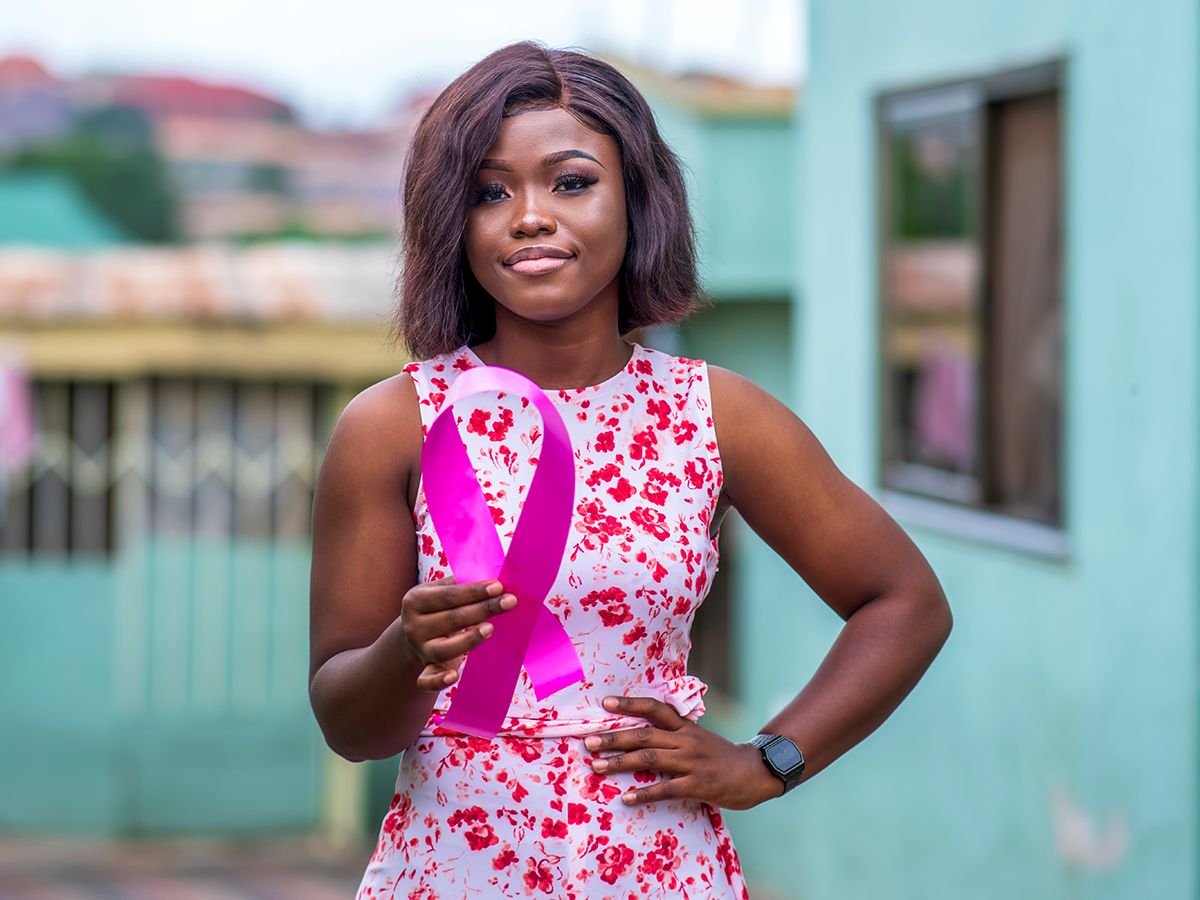Learn when and how you should be tested for breast cancer
 The statistics are jarring. According to the American Cancer Society (ACS), breast cancer is the second-most commonly diagnosed cancer among women in the United States, after skin cancers. It’s estimated that about one in three newly diagnosed cancers in women in 2022 will be breast cancers. That means nearly 288,000 new cases of invasive breast cancer are expected to be diagnosed this year, along with just over 51,000 new cases of noninvasive (in situ) breast cancer.
The statistics are jarring. According to the American Cancer Society (ACS), breast cancer is the second-most commonly diagnosed cancer among women in the United States, after skin cancers. It’s estimated that about one in three newly diagnosed cancers in women in 2022 will be breast cancers. That means nearly 288,000 new cases of invasive breast cancer are expected to be diagnosed this year, along with just over 51,000 new cases of noninvasive (in situ) breast cancer.
Here's the good news. Advances in genetic testing, immunotherapy and other areas are transforming the way we treat breast cancer. Survival rates for breast cancer have improved in recent decades, which makes it even more crucial that women work with their care providers to identify issues as early as possible.
Stay Proactive About Screenings
The Cancer Society’s latest recommendation is that:
- Women ages 40 to 44 should consider an annual breast cancer screening by mammogram (an X-ray of the breast), which is the most sensitive test available for detecting signs of breast cancer.
- Women ages 45 to 54 should get mammograms every year.
- Women 55 and older should continue annual screenings or switch to mammograms every 2 years.
Here are some common questions and answers about mammograms.
Q. What are digital 3D mammograms?
Digital 3D mammograms use X-rays to create a three-dimensional image of the breast, instead of the two-dimensional image provided by traditional mammograms. They use a lower dose of radiation and can support further evaluation by providing images of the breast from many different angles. A computer program allows images to be enlarged or enhanced, helping to precisely locate and diagnose abnormalities.
Q: What happens if my mammogram result is abnormal?
If the result is abnormal, your doctor can order additional views that are magnified, providing a more detailed view of the area in question. Fortunately, many lumps are not cancerous. But if your doctor has any doubt, he or she may order further testing. If they still have questions, a biopsy may be recommended to test the cells in the suspicious area.
Q: What does it mean if I need a biopsy?
A breast biopsy is a surgical procedure to see if cancer cells are present in a specific location in the breast. A biopsy is performed under local anesthesia with a thin needle and image guidance, either ultrasound or stereotactic. The test pinpoints the lump or calcifications by using a computer and X-rays taken from multiple angles.
The sample is then looked at under a microscope to determine if the cells are cancerous. If a biopsy comes back from the lab as positive for breast cancer, the patient will be referred to a surgeon to have it removed. Fortunately, most breast biopsies are negative, or benign.
Q. How do I know if I’m at a higher risk?
Talking with your physician and providing a thorough personal health history can help to identify your risk. The discussion may include questions such as:
- Do you have a family history of breast or ovarian cancer?
- Do you smoke?
- Do you have breast pain associated with your menstrual cycle?
Your doctor can then help you determine the care that is best for you.
Who should have genetic testing?
Mutations, or changes, in certain genes, including BRCA1 and BRCA2, can increase the risk of breast or ovarian cancer. Women who have a family history of cancer or who have had cancer at an early age may be referred for, or can request, genetic counseling and testing.
If mutations are found, a team of genetic counselors and medical specialists work with patients to manage their risk. Depending on the patient, recommendations may include increased monitoring, special imaging or medication to lower one’s risk. High-risk mutations may also call for preventive surgery.
How to conduct a breast self-exam
Self-exams play an important role in early detection of breast cancer and can help you learn more about your own body. Here is how to perform one effectively.
- Lie on your back and place your right arm behind your head. Take the finger pads of your three middle fingers on your left hand and use three levels of pressure to feel for lumps in the right breast. Light pressure for surface tissue; medium pressure for deeper tissue; and firm pressure closer to the chest wall and ribs.
- Move in an up-and-down pattern, beginning from the underarm and moving across the breast to the middle of the chest bone. Go down as far as the ribs and up as far as the collarbone. Repeat on the left breast.
- Stand in front of a mirror with your hands pressed firmly on your hips and look at your breasts. Look for any changes in size, shape or contour. Also check for dimpling or scaliness of the nipple or breast skin.
NOTE: If you have breast implants, learn where the edges of the implants are located so you don’t mistake it for a lump.
